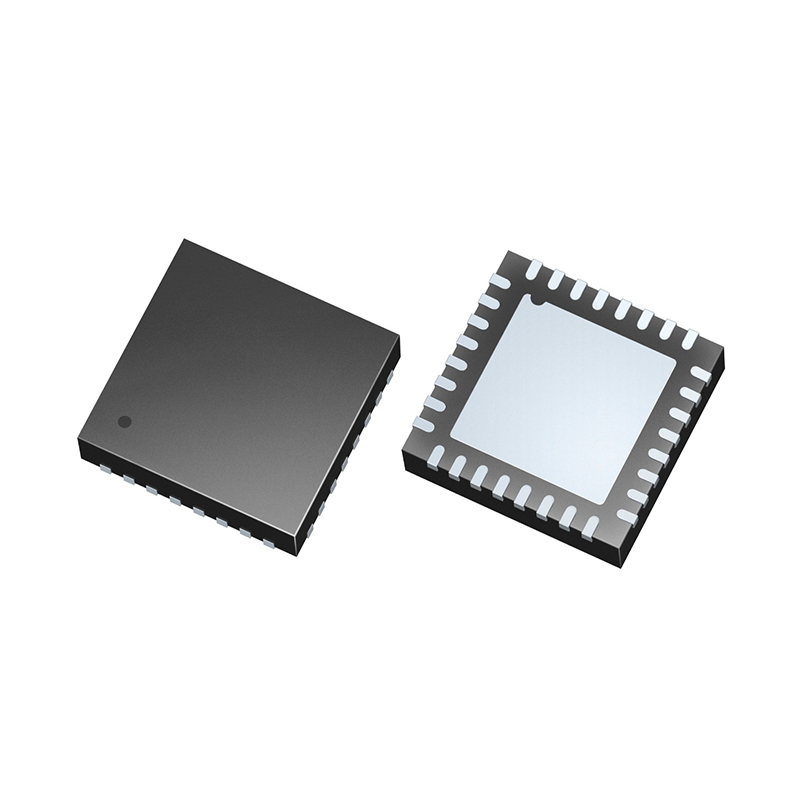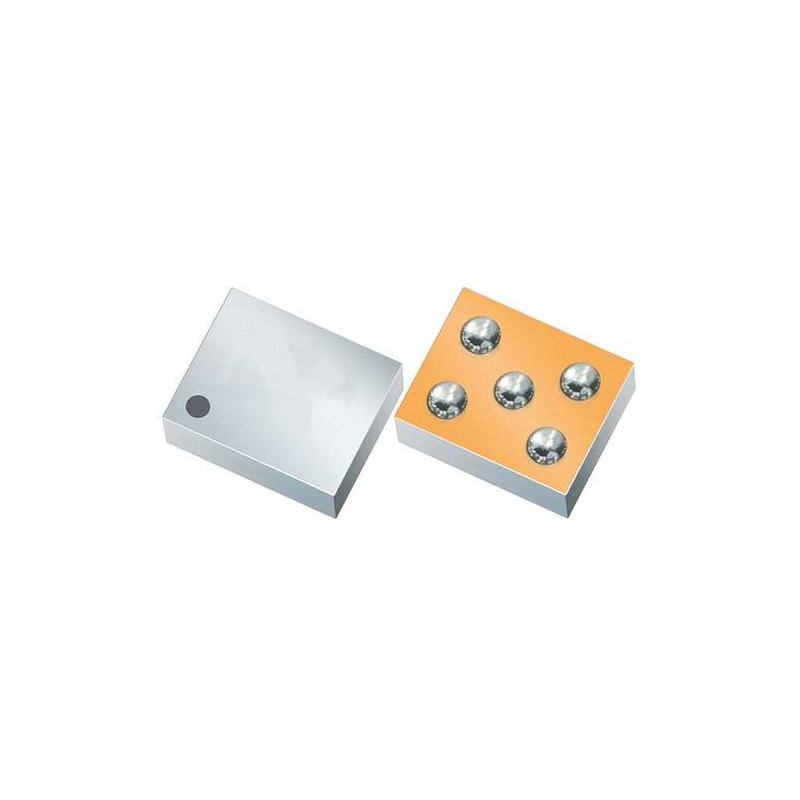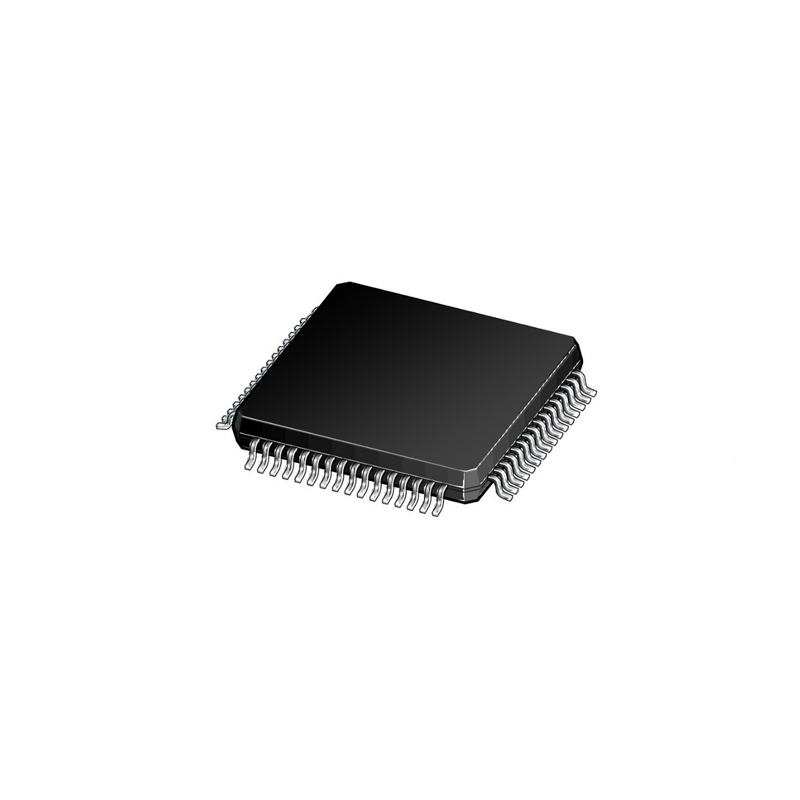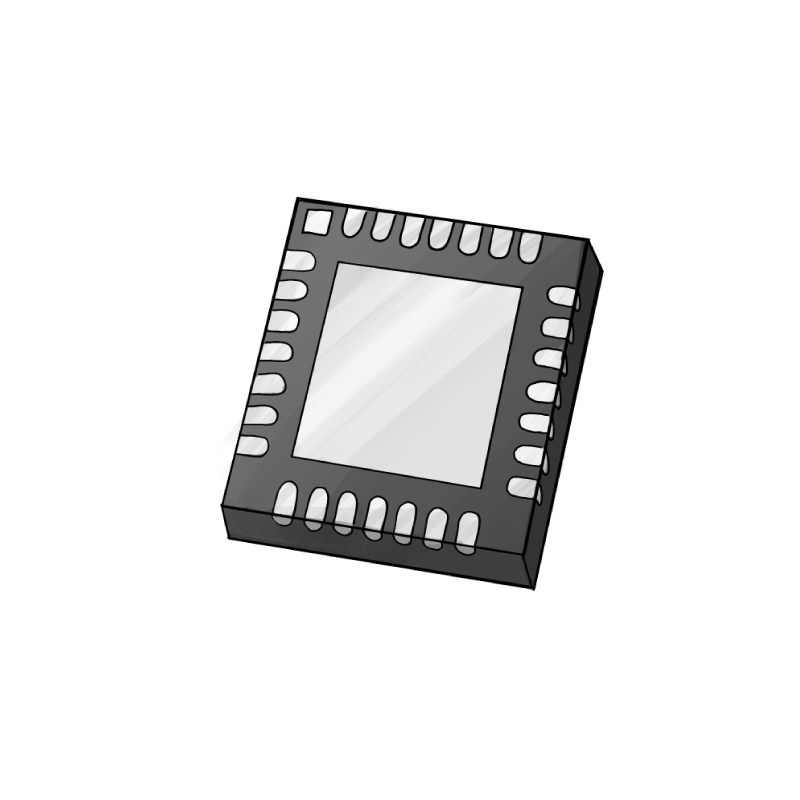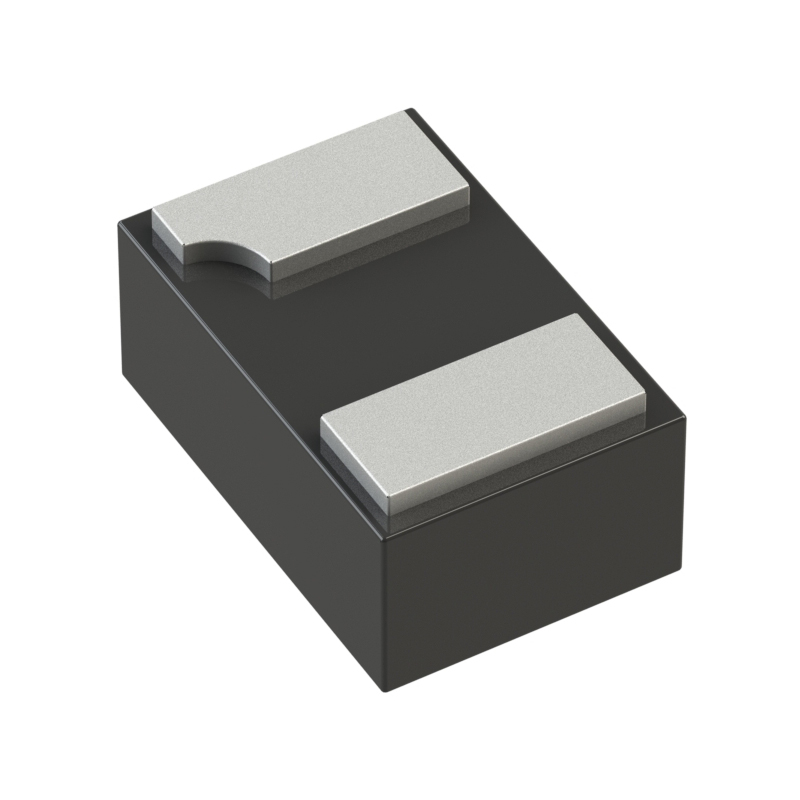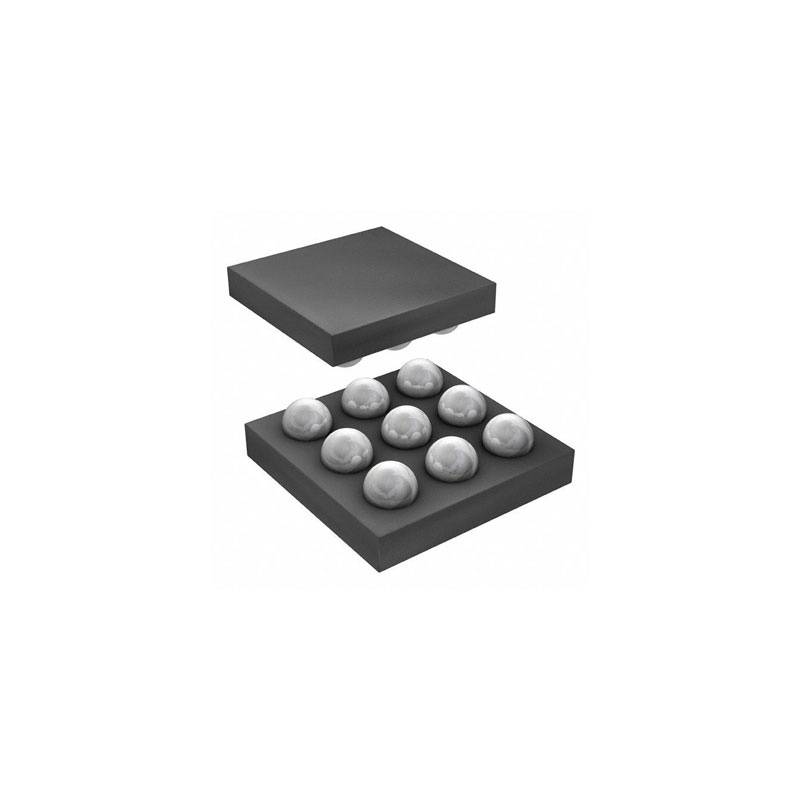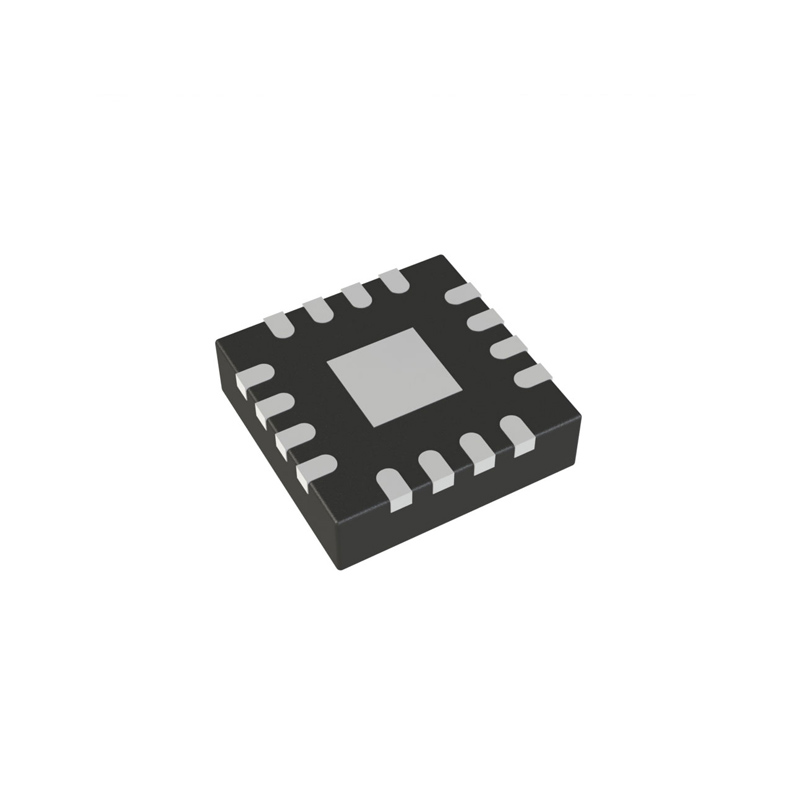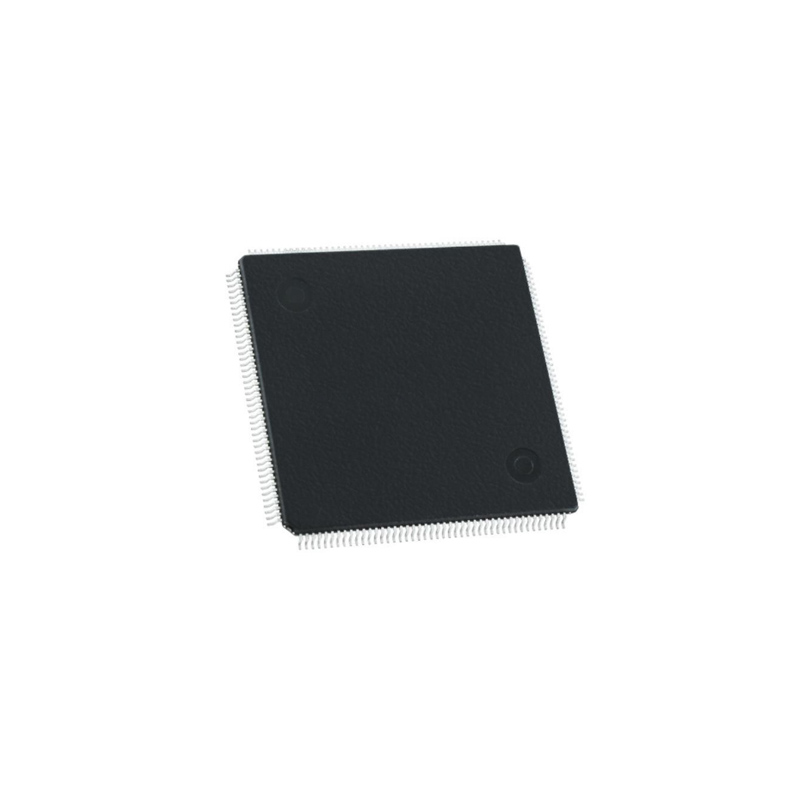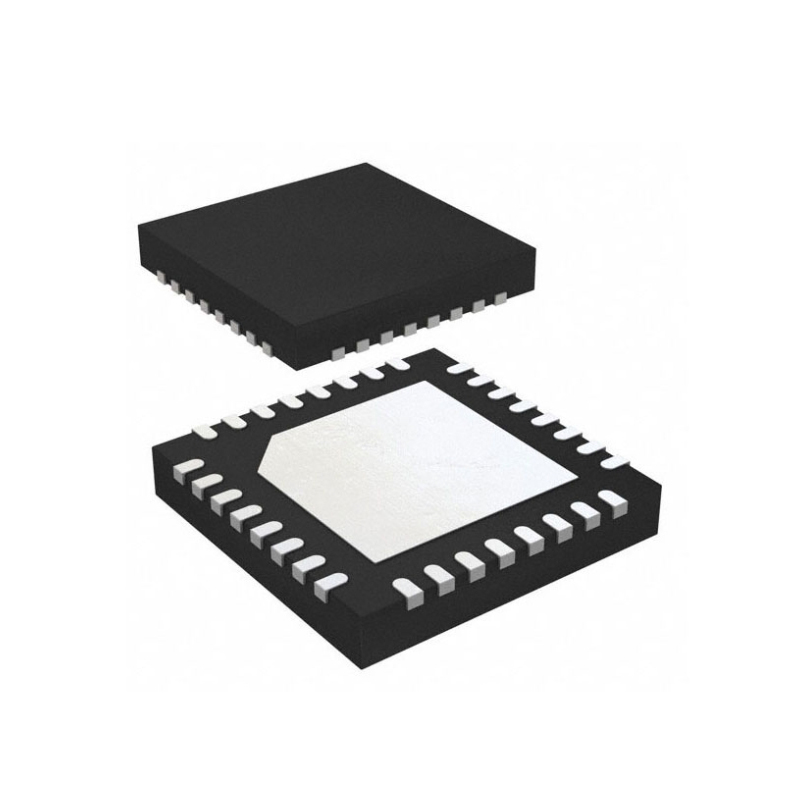Exploring the Power and Precision of Brushless Motor Controllers
Update Time: Jun 26, 2023 Readership: 3904
Contents
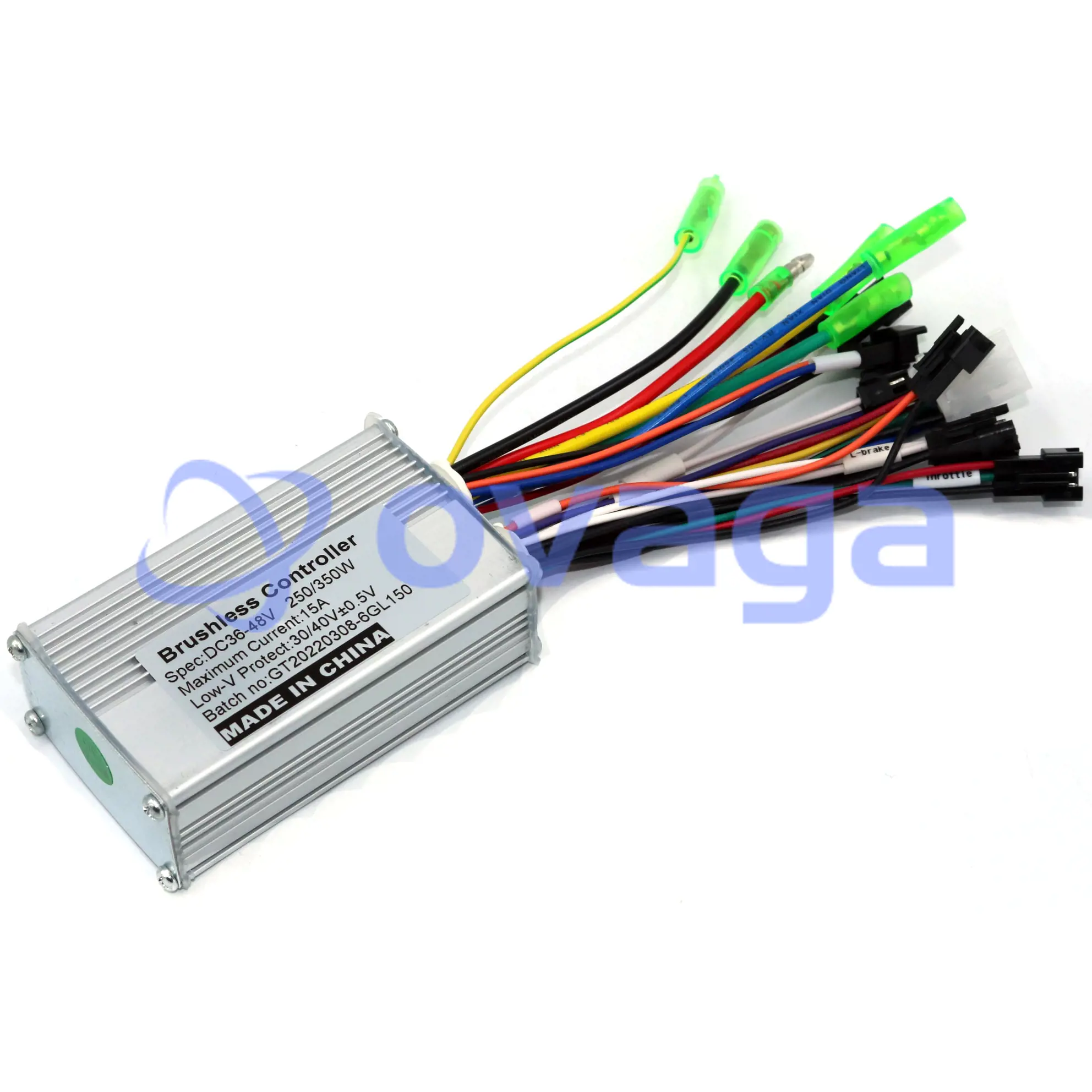
Brushless motor controllers are advanced electronic devices that play a crucial role in efficiently controlling brushless motors. Unlike their brushed counterparts, brushless motors offer higher efficiency, longer lifespan, and reduced maintenance requirements. The significance of brushless motor controllers lies in their ability to harness these advantages and deliver precise control over motor speed, torque, and position. In this article, we will delve into the power and precision aspects of brushless motor controllers, exploring how they contribute to enhanced performance and efficiency in various applications. From power efficiency to advanced control techniques, we will uncover the key components, architecture, and emerging trends that make brushless motor controllers a driving force in modern motor control systems. Get ready to discover the immense power and precision that brushless motor controllers bring to the world of motor control.
Understanding Brushless Motor Controllers
Explanation of Brushless Motor Technology and its Advantages over Brushed Motors
Brushless motors, as the name suggests, operate without the need for mechanical brushes. Instead, they employ electronic commutation, where the switching of currents in the motor windings is electronically controlled. This technology offers several advantages over traditional brushed motors. Brushless motors are more efficient due to reduced friction and heat loss from brush contact. They also exhibit higher power density, allowing for compact and lightweight designs. Furthermore, brushless motors have a longer lifespan since there are no brushes to wear out or replace. These advantages have made brushless motors the preferred choice in numerous industries.
Basic Operating Principle of Brushless Motor Controllers
At the heart of a brushless motor controller is a microcontroller or digital signal processor (DSP) that orchestrates the motor's operation. The controller receives feedback from sensors, such as Hall effect sensors or encoders, to determine the position of the rotor. Using this information, the controller can precisely control the motor by sequentially energizing the appropriate motor windings. By dynamically switching the current flow, the controller generates a rotating magnetic field, propelling the motor's rotor. The speed and direction of the motor can be controlled by adjusting the timing and sequence of the current switching. This precise and responsive control allows for efficient and accurate motor operation in various applications.
Understanding the fundamentals of brushless motor technology and the operating principle of brushless motor controllers is essential for comprehending their power and precision capabilities. With this knowledge, we can delve deeper into the components, architecture, and control features of brushless motor controllers to uncover the mechanisms behind their impressive performance.
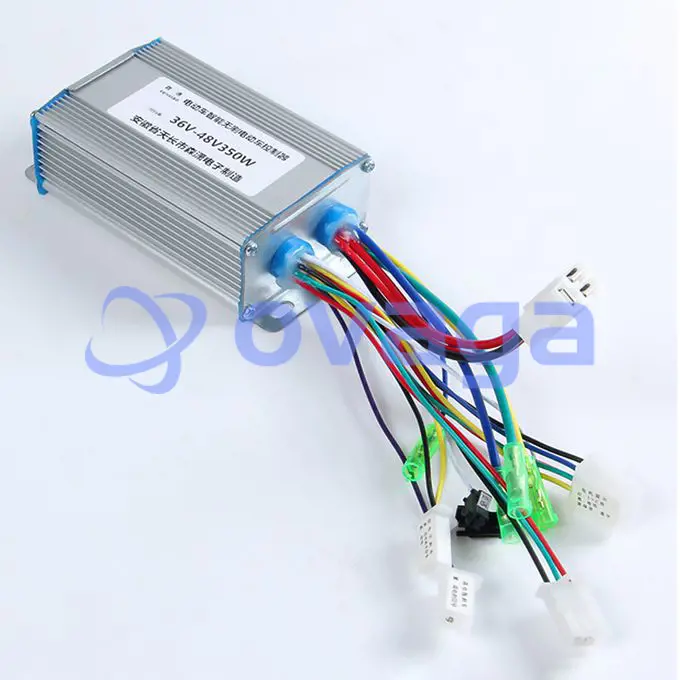
Components and Architecture of Brushless Motor Controllers
Overview of Key Components
A brushless motor controller comprises several key components that work together to control the motor effectively. These components include:
Microcontroller or Digital Signal Processor (DSP): The brain of the controller, responsible for executing control algorithms and coordinating the motor's operation.
Power Transistors (MOSFETs or IGBTs): These semiconductor devices handle the high-current switching required to energize the motor windings.
Gate Drivers: These circuits amplify and shape the control signals from the microcontroller to properly drive the power transistors.
Sensors: Brushless motor controllers use sensors to detect the rotor position accurately. Commonly used sensors include Hall effect sensors, encoders, or even back EMF sensing.
Current Sensors: These sensors monitor the motor current to enable current control and protection features.
Feedback Sensors: In some applications, additional feedback sensors, such as encoders or resolver, provide precise information about the motor's position, speed, or torque.
Description of the Controller's Architecture and Control Loops
The architecture of a brushless motor controller typically involves several control loops to achieve the desired motor performance. These control loops include:
Speed Control Loop: Monitors the motor's actual speed and compares it to the desired speed set by the user or control system. The controller adjusts the motor's voltage or current to maintain the desired speed.
Torque Control Loop: Controls the motor's torque output to achieve the desired level of force or rotational power. It adjusts the current supplied to the motor based on torque commands or feedback.
Position Control Loop: In applications where precise positioning is required, a position control loop ensures accurate motor position by comparing the desired position with the actual position feedback from sensors.
Current Control Loop: Regulates the motor's current to maintain desired levels, optimizing torque output and preventing excessive current draw or overheating.
These control loops work together within the controller's architecture, often implemented through firmware or software algorithms. The microcontroller processes sensor inputs, executes control algorithms, and generates appropriate signals to drive the power transistors and achieve the desired motor control objectives.
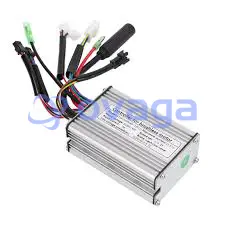
Power and Efficiency
Brushless motor controllers offer remarkable benefits in terms of power efficiency, making them an ideal choice for various applications. By eliminating the friction and energy loss associated with mechanical brushes, brushless motor controllers achieve higher overall motor efficiency. This reduction in energy loss translates into significant energy savings, making them environmentally friendly and cost-effective solutions. Furthermore, brushless motor controllers provide precise control over motor speed, allowing for variable speed control based on the specific application requirements. This ability to adjust the motor's speed in real-time ensures optimal power distribution, minimizing wasted energy and enhancing overall system efficiency. By operating the motor at its most efficient point, brushless motor controllers optimize power consumption, resulting in lower energy usage and reduced operating costs.
One of the key features of brushless motor controllers is regenerative braking. Instead of dissipating braking energy as heat, regenerative braking enables the conversion of that energy into electrical energy, which can be stored or reused. This energy recovery mechanism not only improves system efficiency but also contributes to increased overall power savings. By capturing and reusing braking energy, brushless motor controllers reduce the reliance on external energy sources and extend the battery life in battery-powered applications. This feature is particularly valuable in applications that involve frequent braking or deceleration, such as electric vehicles or industrial machinery. The combination of power efficiency, variable speed control, and regenerative braking positions brushless motor controllers as a powerful tool for energy conservation and optimal performance.
Precision Control Features
Brushless motor controllers offer various control modes, each with its own advantages. Sensor-based control relies on external sensors such as Hall effect sensors or encoders to accurately determine the rotor position. This mode provides precise control and is commonly used in applications where accuracy is paramount. On the other hand, sensorless control utilizes the back electromotive force (EMF) generated by the motor to estimate the rotor position. This mode eliminates the need for additional sensors, reducing complexity and cost. However, it may have limitations in low-speed or low-torque conditions. Understanding the differences between sensor-based and sensorless control modes helps determine the optimal approach for specific precision control requirements.
Accurate rotor position sensing is crucial for achieving precise control in brushless motor systems. The controller relies on this information to determine the exact timing and sequence of current switching in the motor windings. Any inaccuracies in rotor position sensing can lead to suboptimal performance, such as reduced torque output, speed fluctuations, or increased vibrations. High-resolution sensors, such as encoders, provide precise feedback for demanding applications that require fine control over position, speed, or torque. Ensuring accurate rotor position sensing is essential for achieving the desired level of precision in various precision-driven applications.
Brushless motor controllers offer advanced torque control capabilities, allowing precise manipulation of the motor's torque output. This feature is especially important in precision applications where maintaining a specific level of force or rotational power is critical. By accurately controlling the motor's current and voltage, the controller can adjust the torque output to match the desired requirements. This level of torque control enables precise and reliable operation in fields such as robotics, CNC machines, or medical devices. The ability to finely regulate torque facilitates smooth and accurate movements, ensuring the desired precision in critical applications.
By exploring different control modes, understanding the importance of accurate rotor position sensing, and harnessing torque control capabilities, brushless motor controllers empower precision-driven applications. Whether it's the selection of control mode, the implementation of high-resolution sensors, or the fine-tuning of torque control parameters, these features enable precise and reliable performance in diverse industries where precision is of utmost importance.
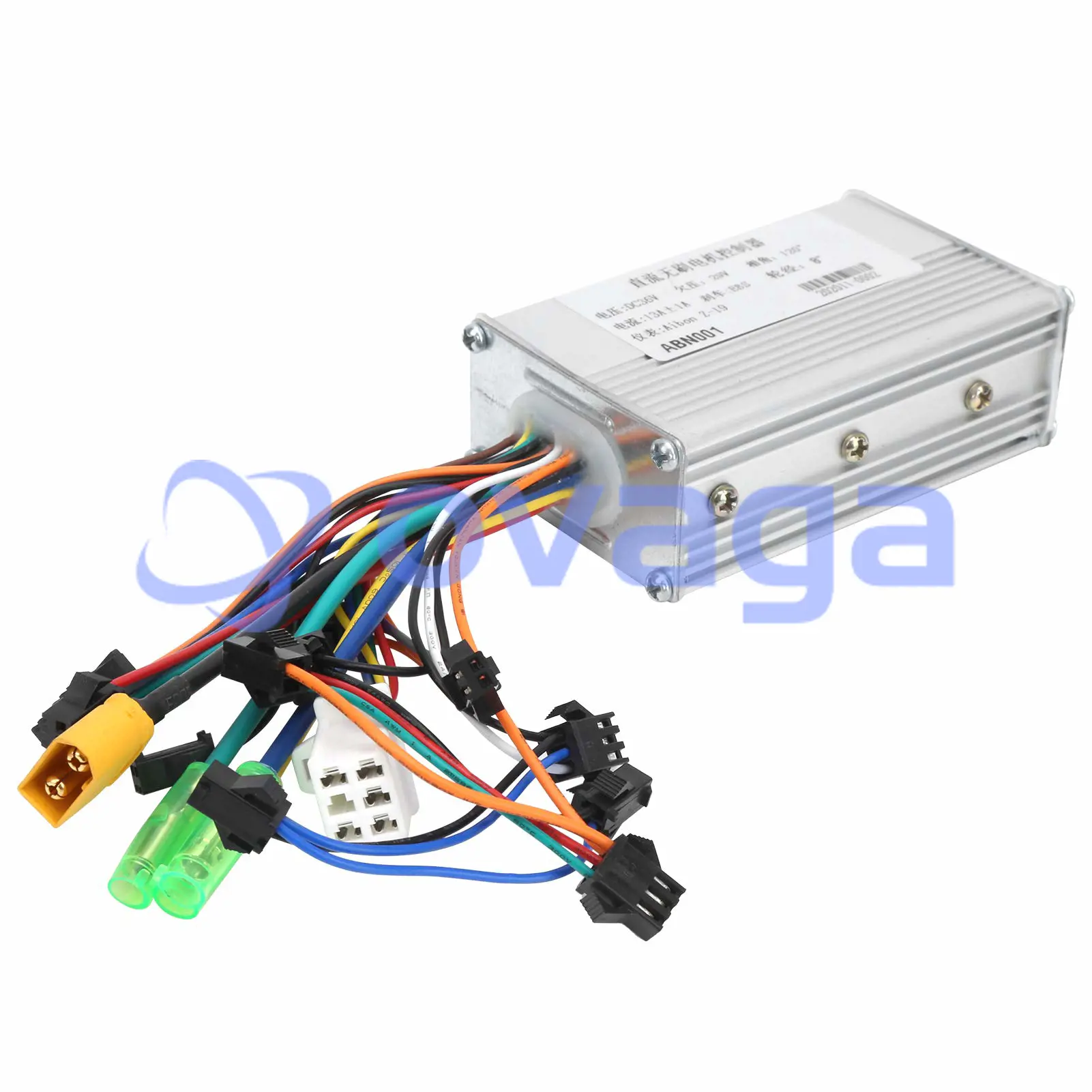
Advanced Control Techniques
Field-Oriented Control (FOC), also known as vector control, is an advanced control technique used in brushless motor controllers to achieve precise torque control. FOC decouples the control of the motor's magnetizing flux and torque components, enabling independent control of each parameter. By aligning the rotor magnetic field with the stator magnetic field, FOC ensures efficient torque production while minimizing energy losses. This technique allows for high dynamic response, reduced torque ripple, and improved overall motor performance. FOC is particularly beneficial in applications where precise torque control is essential, such as robotics, industrial automation, and electric vehicles.
Sensorless start-up methods eliminate the need for dedicated position sensors during motor initialization, simplifying motor control systems and reducing costs. These methods rely on the back electromotive force (EMF) or other estimated signals to determine the initial rotor position. By carefully analyzing the voltage and current waveforms during start-up, the controller can estimate the rotor position and initiate motor operation without the use of external sensors. Sensorless start-up methods enhance the robustness and reliability of brushless motor control systems, as they eliminate potential sensor failures and reduce system complexity. This approach is particularly valuable in cost-sensitive applications where minimizing component count and improving system reliability are critical factors.
By employing advanced control techniques like Field-Oriented Control (FOC) for precise torque control and incorporating sensorless start-up methods, brushless motor controllers push the boundaries of motor control capabilities. These techniques improve motor performance, reduce system complexity, and enhance overall efficiency in various applications. By harnessing the advantages of these advanced control techniques, engineers can achieve highly accurate and efficient motor control in diverse fields, from robotics and automation to renewable energy systems and beyond.
Applications of Brushless Motor Controllers
1. Electric Vehicles (EVs): Brushless motor controllers play a vital role in electric vehicle propulsion systems, providing efficient and precise control over motor speed and torque. They contribute to increased range, improved acceleration, regenerative braking, and overall energy efficiency in EVs.
2. Drones: Brushless motor controllers are widely used in the drone industry to control the motor speed and stabilize flight. They offer high-speed response, precise maneuverability, and efficient power usage, enabling stable and agile drone operation.
3. Robotics: In robotics applications, brushless motor controllers deliver accurate control of robotic joints, enabling smooth and precise movements. They are utilized in industrial robots, collaborative robots, robotic arms, and various other robotic systems.
4. HVAC Systems: Brushless motor controllers are employed in heating, ventilation, and air conditioning (HVAC) systems to regulate fan speed and ensure optimal airflow. They enhance energy efficiency, reduce noise, and allow for precise control in maintaining desired indoor climate conditions.
5. Industrial Automation: Brushless motor controllers find application in various industrial automation systems, including conveyor belts, CNC machines, and material handling equipment. They enable precise control of motor speed, torque, and position, enhancing productivity and accuracy in manufacturing processes.
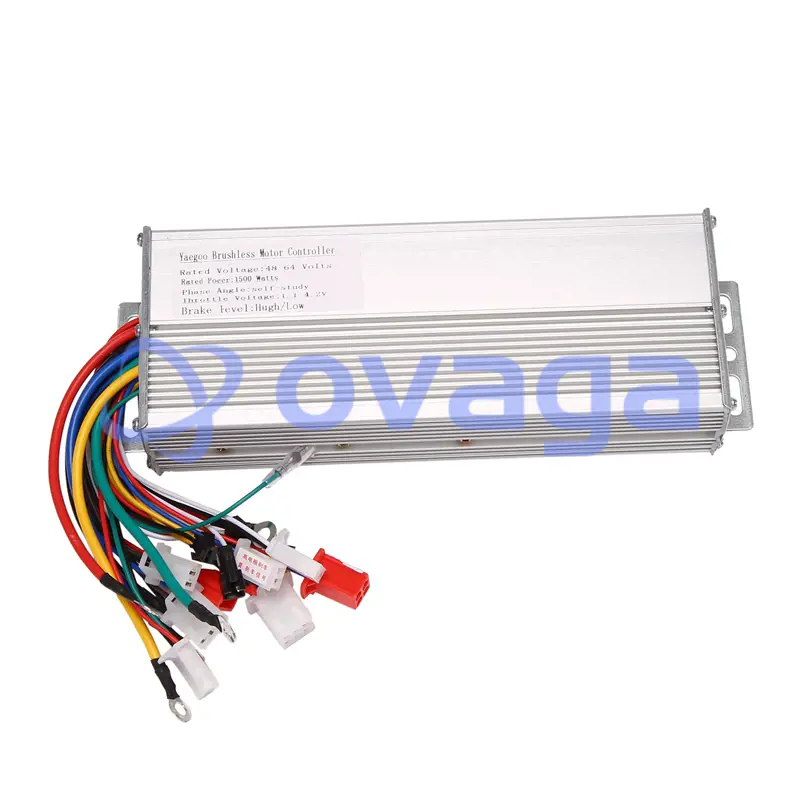
Conclusion
In conclusion, this article has explored the power and precision capabilities of brushless motor controllers. We began by defining brushless motor controllers and highlighting their significance in motor control applications. We then delved into the components and architecture of brushless motor controllers, understanding the role of microcontrollers, power transistors, sensors, and control loops in achieving precise control.
Brushless motor controllers offer a combination of power and precision that revolutionizes motor control. Their ability to provide efficient and precise control over motor speed, torque, and position has far-reaching implications across industries. From electric vehicles to robotics and beyond, brushless motor controllers contribute to improved performance, energy efficiency, reliability, and innovation. As technology continues to advance, brushless motor controllers will continue to play a significant role in advancing various industries and shaping the future of motor control.
Extended Reading
- Exploring the Power and Precision of Brushless Motor Controllers
- How Electric Motors are Changing the Automotive Industry?
- Control Techniques for Electric Motors: Optimizing Performance and Efficiency
- Revolutionizing Electric Mobility: The Synergy of Cyberquad Motor Controller and Tesla's Innovation
 FAQ
FAQ
-
Are brushless motor controllers compatible with different communication protocols?
Yes, brushless motor controllers often support various communication protocols, such as PWM (Pulse Width Modulation), UART (Universal Asynchronous Receiver-Transmitter), SPI (Serial Peripheral Interface), or CAN (Controller Area Network). This compatibility enables seamless integration with external devices or control systems, allowing for convenient communication and control of the motor controller.
-
Can brushless motor controllers be used in hazardous environments?
Yes, brushless motor controllers can be designed and certified for use in hazardous environments. Specialized enclosures, coatings, or conformal coatings can be applied to protect the controllers from moisture, dust, or chemicals. Additionally, explosion-proof or intrinsically safe designs are available to ensure safe operation in environments where flammable gases or vapors may be present.
-
How do brushless motor controllers handle fault detection and protection?
Brushless motor controllers incorporate various fault detection mechanisms such as overcurrent protection, overtemperature protection, and short circuit detection. These controllers continuously monitor motor and controller parameters to detect abnormal conditions and trigger protective measures, such as reducing power or shutting down the system to prevent damage.
Popular Blogs
-
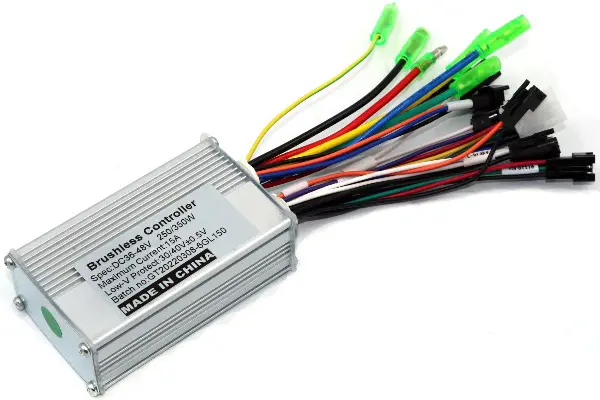
Exploring the Power ...
Brushless motor controllers are advanced electro...
-
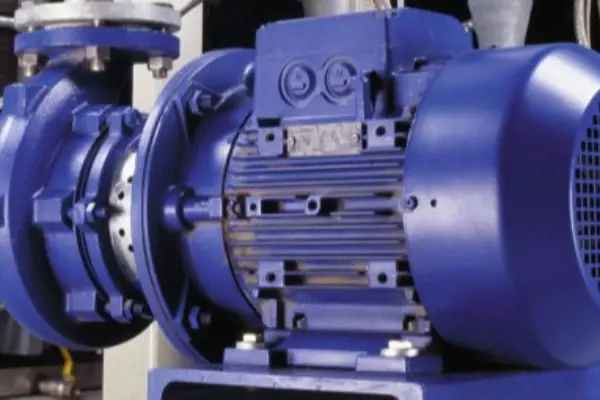
How Electric Motors ...
With rapidly development in technology, electric...
-
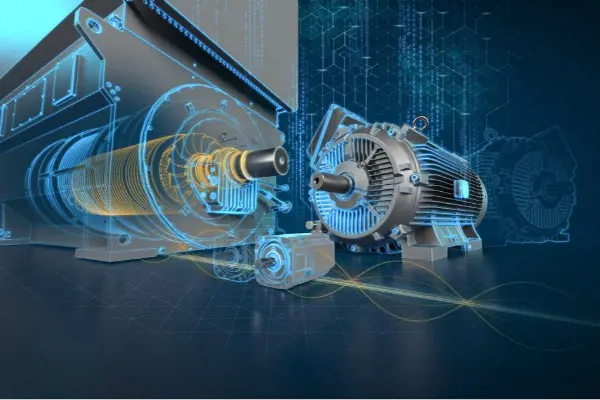
Control Techniques f...
Discover how advanced motor control software, va...
-
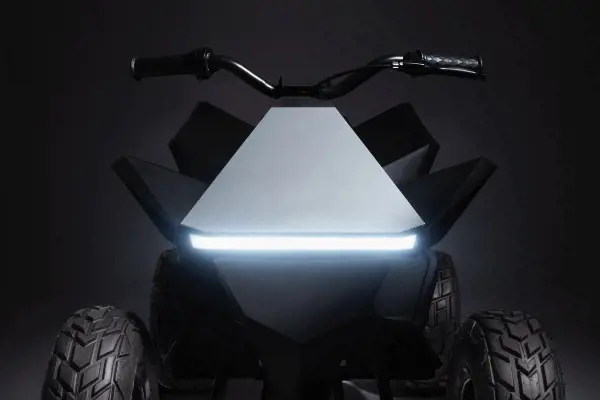
Revolutionizing Elec...
Central to Tesla's success is its relentless pur...





